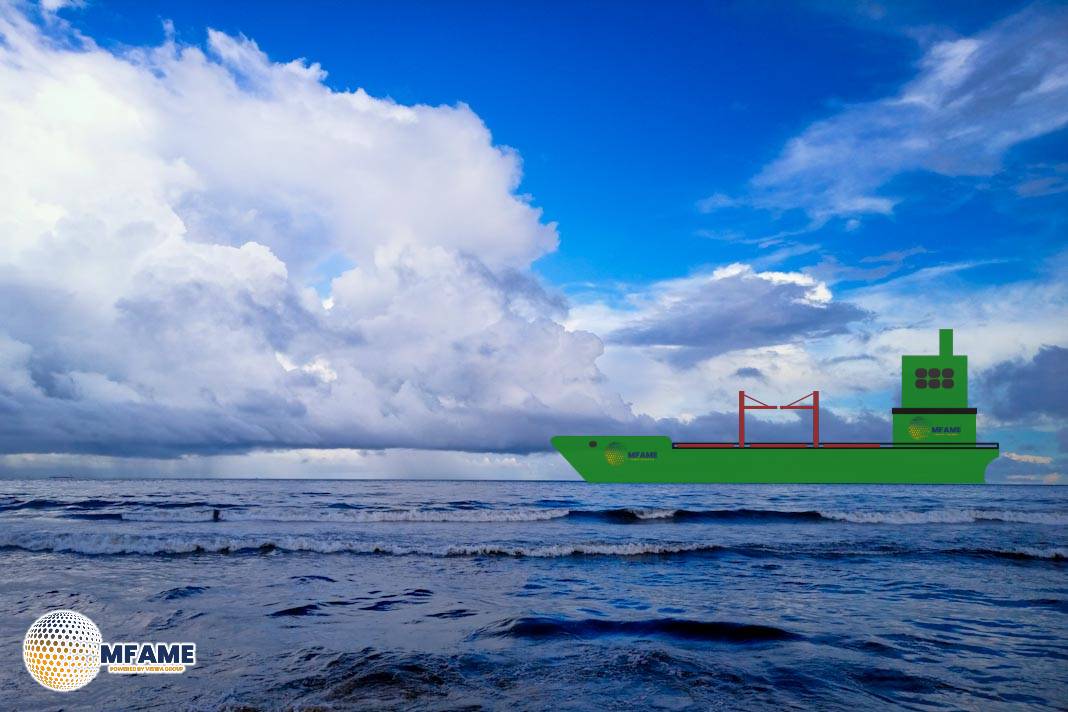- Iran Leverages Asia and VLCCs to Sustain Oil Flows Amid Sanctions.
- Kharg Island Emerges as Vital Hub in Iran’s Sanctions Strategy.
- Asian Demand and Maritime Tactics Power Iran’s Oil Trade.
During January 2023 to March 2025, Iran exported a total of about 268.5 million barrels of crude oil, showing incredible resilience and flexibility in the context of ongoing international sanctions. All of them were based on Iranian production, reflecting Tehran’s ability to maintain flows despite international pressure, reports Break Wave Advisors.
Kharg Island: The Strategic Hub of Iranian Oil Exports
Kharg Island was the key island, with 96.6% of all shipments and 95.3% of terminal consumption. Its preeminence highlights its strategic value in Iran’s oil supply chain during the difficult sanctions climate.
Heavy Dependence on VLCCs to Dampen Risk
To maximise operational effectiveness and minimise interception threats, Iran relied extensively on Very Large Crude Carriers (VLCCs), which carried more than 91% of total export quantities. Crude oil accounted for 99.8% of cargo, reinforcing Iran’s continued dependence on its main hydrocarbon resource.
Asian Markets Remain Key for Iranian Crude
Iranian crude exports were most concentrated in Asia. Singapore was the largest with 60% of volumes, followed by China (25%) and Malaysia (6%). Chinese ports such as Dongjiakou and Lanshan dominated the blending and rebranding of Iranian crude for re-export back into international markets.
Geopolitical Shifts Reflect New Trade Patterns
Iran’s eastward turn toward China is symptomatic of larger geopolitical trends. Ongoing access to Asian markets highlights the dynamic nature of international energy alliances and underscores the modest effect of Western maritime enforcement strategies.
Early Signs of Export Pressure Emerge
March 2025 statistics showed a month-on-month 0.82% decline and a dramatic 31% year-on-year fall in Iranian crude exports. The U.S. declaration of more stringent sanctions against Chinese-bound flows, directing efforts against insurers, registries, and logistics networks, seems to be leaving its mark.
VLCC and Suezmax Rates Demonstrate Upward Trend
VLCC freight rates between MEG–China increased to WS68, a 6% month-on-month rise.
Suezmax rates from West Africa to continental Europe continued firm at over WS100, a 20% month-on-month increase. Baltic–Mediterranean Suezmax rates remained firm at WS130, 17% up on last year.
Aframax Mediterranean rates were at WS180—8% lower week-on-week but 30% higher than last month.
Other Segments Reflect Diverse Trends
- AG Freight Rates: Continued to soften, reaching WS127 (15% monthly reduction).
- Panamax Carib-to-USG: Rates climbed to 200 WS, a 30% month-on-month hike.
- MR1 Baltic-to-Continent: Rates fluctuated at WS178, a 15% month-on-month decrease.
- MR2 Continent-to-USAC: Rates rose to WS140, with MR2 US Gulf-to-Continent dipping 20% weekly to WS100.
Crude Tanker Availability Trends
- VLCC Ras Tanura: 66 vessels, approximately 7 less than the annual average.
- Suezmax Wafr: 46 vessels, 13 less than average.
- Aframax Med: Figures close to the annual target of 10.
- Aframax Baltic: 24 vessels, 8 short of the average.
- Clean LR2 AG Jubail: Vessel counts continued to stay below average throughout.
- Clean MR Activity: MR1 vessel calls at Skikda port increased, while MR2 vessel calls at Amsterdam continued to stay above average.
Tonne-Day Growth Patterns by Segment
- VLCC: Decline continued since the peak in Week 13, currently below the annual average.
- Suezmax: Growth rate nearly at par with the annual average.
- Aframax: Strong growth, touching one of the highest rates since the beginning of the year.
- Panamax: Still below-average growth rate, but a slight increasing trend is evident.
- MR: Continuing downturn in tonne-day growth since Week 5, reinforced into Q2.
Did you subscribe to our daily Newsletter?
It’s Free Click here to Subscribe!
Source: Break Wave Advisors

















